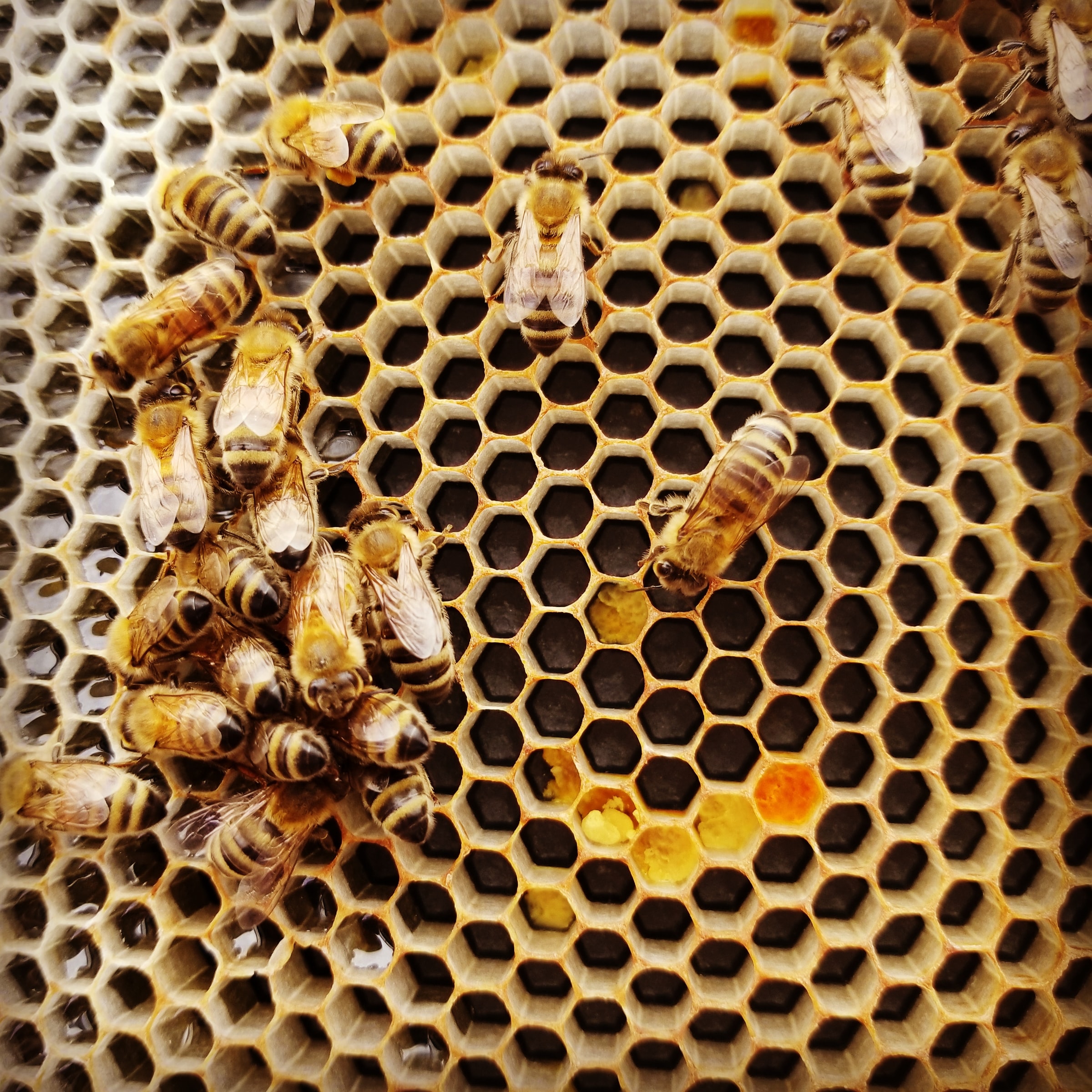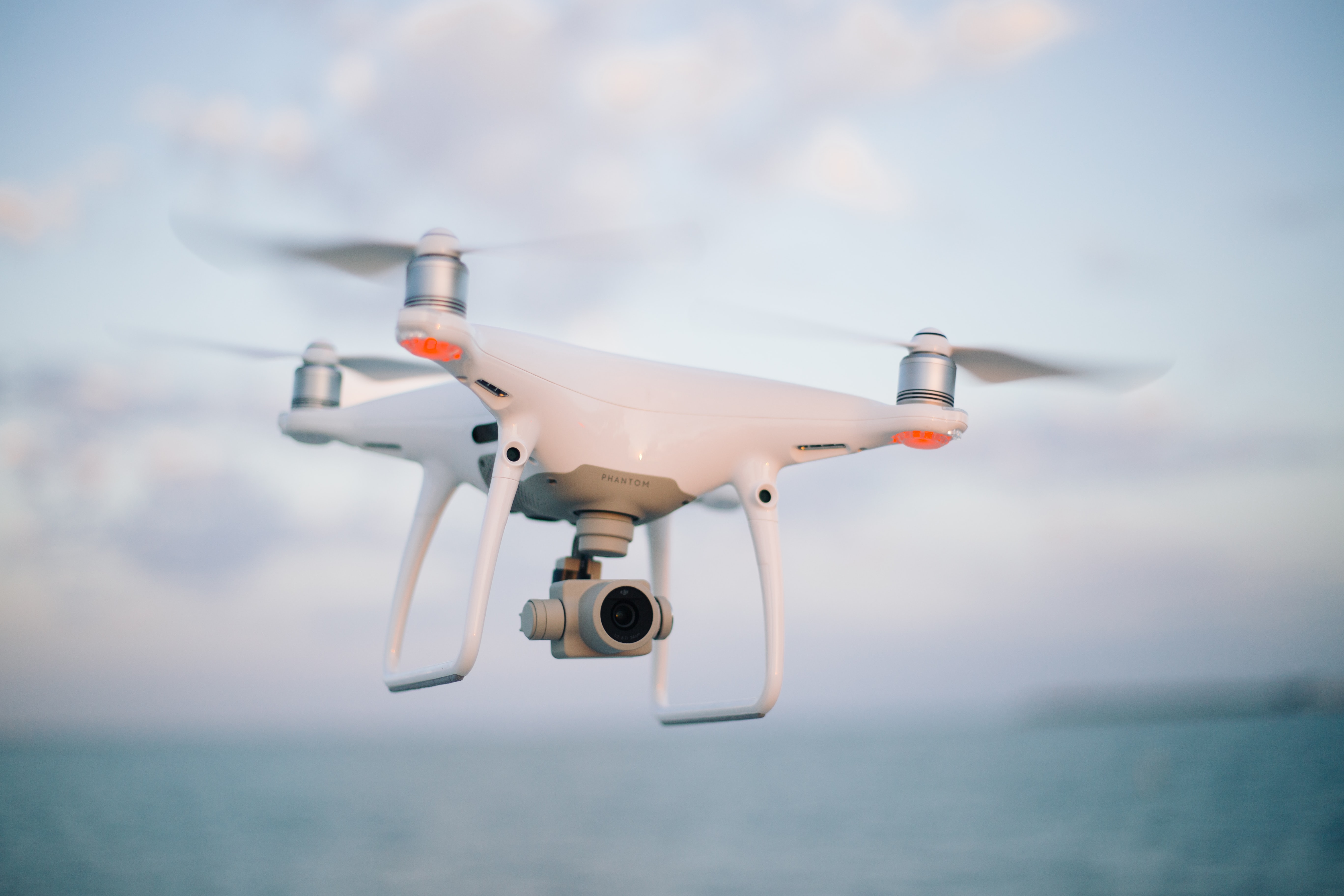Extreme weather affects bees, too
Unusually hot spring temperatures in 2012 gave Michigan State University researchers a glimpse of how global warming could impact future bee populations. Rufus Isaacs, a professor in the Department of Entomology, and his team were in the middle of a 15-year study (2004-2018) monitoring 162 wild bee species in Michigan when a spring heat wave event occurred in 2012. This event created a unique opportunity for the researchers to study how bee populations would react and recover from this warm spell. Initially, the researcher found there was a 61% decline in the number of bees. The blueberry specialist bee, Andrena carolina, had a slow recovery after the extreme heat. The researchers also noticed that the weather event had more of an impact on bee populations than pesticide use.



